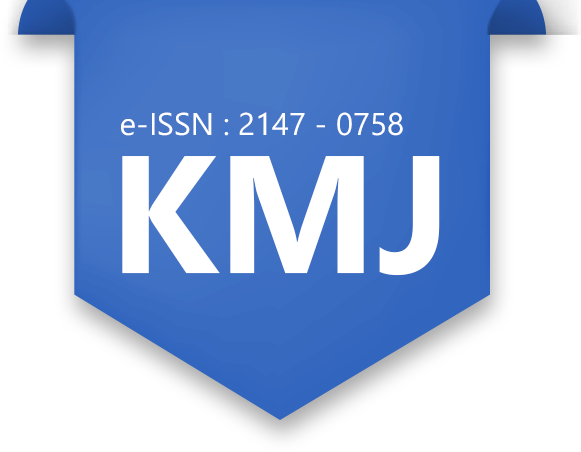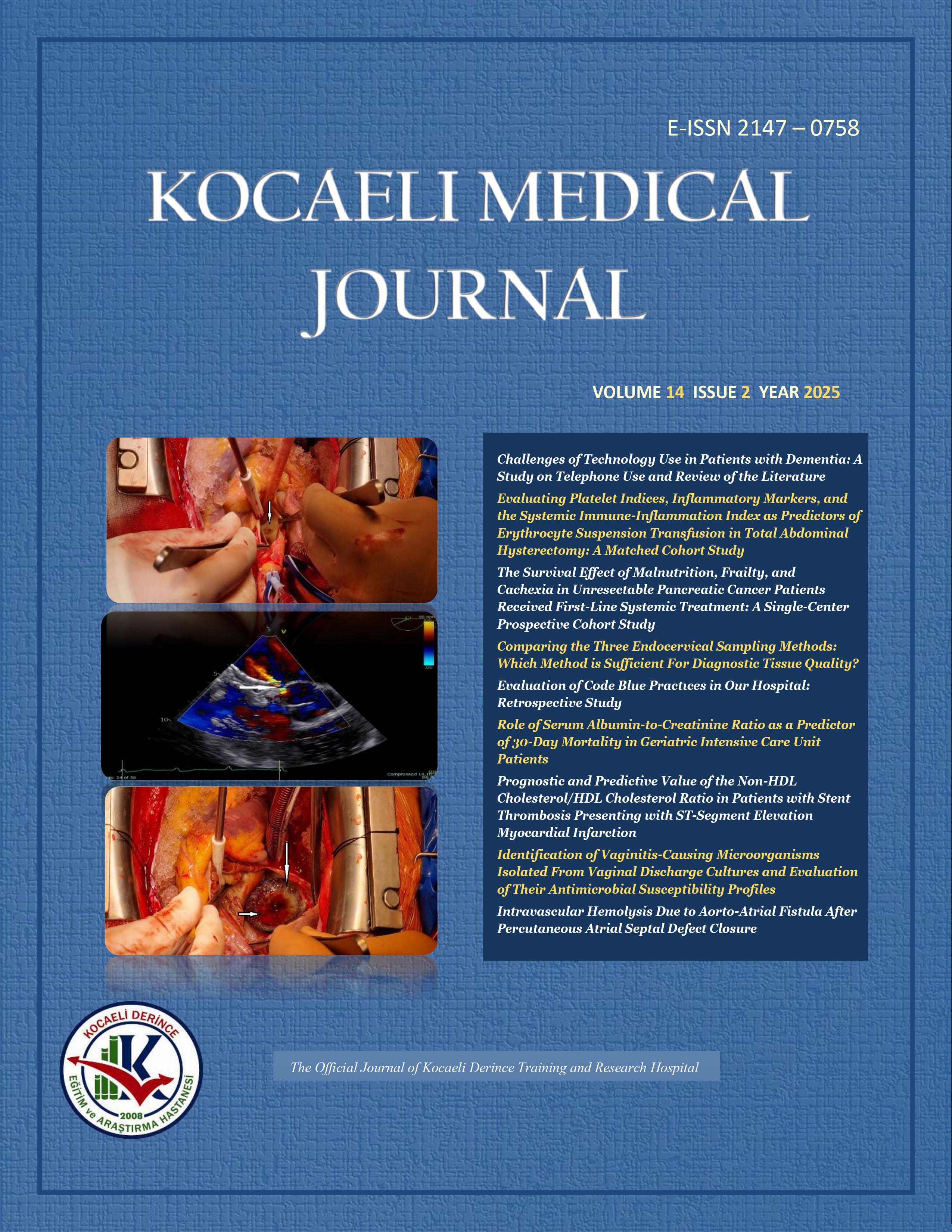
Acute Respiratory Distress Syndrome in the Light of Current Literature
Rukiye Pınar Bölüktaş1, Gülşen Kalaycıoğlu2, Ayşenur Üçeriz31University of Istanbul Sabahattin Zaim, Faculty of Health Sciences, Department of Nursing, Istanbul, Turkey2University of Health Sciences, Istanbul Bakırkoy Dr. Sadi Konuk Training and Research Hospital, Clinic of Internal Diseases, Istanbul, Turkey
3Istanbul Faculty of Medicine, Department of Internal Diseases, Istanbul, Turkey
Acute Respiratory Distress Syndrome, which has high morbidity and mortality and negatively affects the quality of life of surviving patients, continues to occupy the medical world as a devastating health problem for more than 50 years. Many factors such as sepsis, fat embolism, aspiration, inhalation of toxic gases and fumes, trauma and acute pancreatitis trigger the pathological process in the lungs, leading to hypoxemia, hypercapnia and a decrease in lung compliance. There is no medication with proven efficacy in treatment. Treatment includes lung protective mechanical ventilation (tidal volume, positive end-expiratory pressure, prone position, recruitment maneuver) until the underlying cause is resolved. The optimal fluid regime differs according to the period of Acute Respiratory Distress Syndrome. Research results on the nutrition of patients are inconsistent. Low tidal volume (4-8 mL / kg according to estimated body weight) + limited plateau pressure (<30 cmH2O) is the only proven treatment that reduces mortality. In this review, the etiology, epidemiology, pathophysiology, diagnosis and treatment of Acute Respiratory Distress Syndrome, which is still unknown, will be discussed in the light of current literature.
Keywords: ARDS, acute respiratory distress syndrome, mechanical ventilationGüncel Literatür Işığında Akut Respiratuar Distres Sendromu
Rukiye Pınar Bölüktaş1, Gülşen Kalaycıoğlu2, Ayşenur Üçeriz31İstanbul Sabahattin Zaim Üniversitesi, Sağlık Bilimleri Fakültesi, Hemşirelik Bölümü, İstanbul, Türkiye2T.C. Sağlık Bakanlığı, Sağlık Bilimleri Üniversitesi, İstanbul Bakırköy Dr. Sadi Konuk Eğitim Araştırma Hastanesi, İç Hastalıkları Kliniği, İstanbul, Türkiye
3İstanbul Tıp Fakültesi, İç Hastalıkları Anabilim Dalı, İstanbul, Türkiye
Morbidite ve mortalitesi oldukça yüksek olan, hayatta kalan hastaların ise yaşam kalitesini olumsuz yönde etkileyen Akut Respiratuar Distres Sendromu 50 yılı aşkın süredir yıkıcı bir sağlık sorunu olarak tıp dünyasını meşgul etmeye devam etmektedir. Sepsis, yağ embolisi, aspirasyon, toksik gaz ve dumanların inhalasyonu, travma ve akut pankreatit gibi birçok faktör akciğerlerde patolojik süreci tetikleyerek hipoksemi, hiperkapni ve akciğer kompliyansında azalmaya yol açar. Tedavide etkinliği kanıtlanmış herhangi bir ilaç bulunmamaktadır. Tedavi, altta yatan neden iyileşene kadar, akciğer koruyucu mekanik ventilasyon (tidal volüm, pozitif end-ekspiratuar basınç, prone pozisyonu, recruitment manevra) uygulamasını içerir. Optimal sıvı rejimi ARDSnin dönemine göre farklılık gösterir. Hastaların beslenmesine ilişkin yapılan araştırma sonuçları birbiri ile tutarsızdır. Düşük tidal volüm (4-8 mL/kg, tahmini vücut ağırlığına göre) + sınırlı plato basıncı (<30 cmH2O) mortaliteyi azaltan ispatlanmış tek tedavidir. Bu derlemede hala bilinmeyenleri çok olan, Akut Respiratuar Distres Sendromunun güncel literatür ışığında etyoloji, epidemiyoloji, patofizyoloji, tanı ve tedavisi ele alınacaktır.
Anahtar Kelimeler: ARDS, akut solunum sıkıntısı sendromu, mekanik ventilasyonManuscript Language: Turkish












